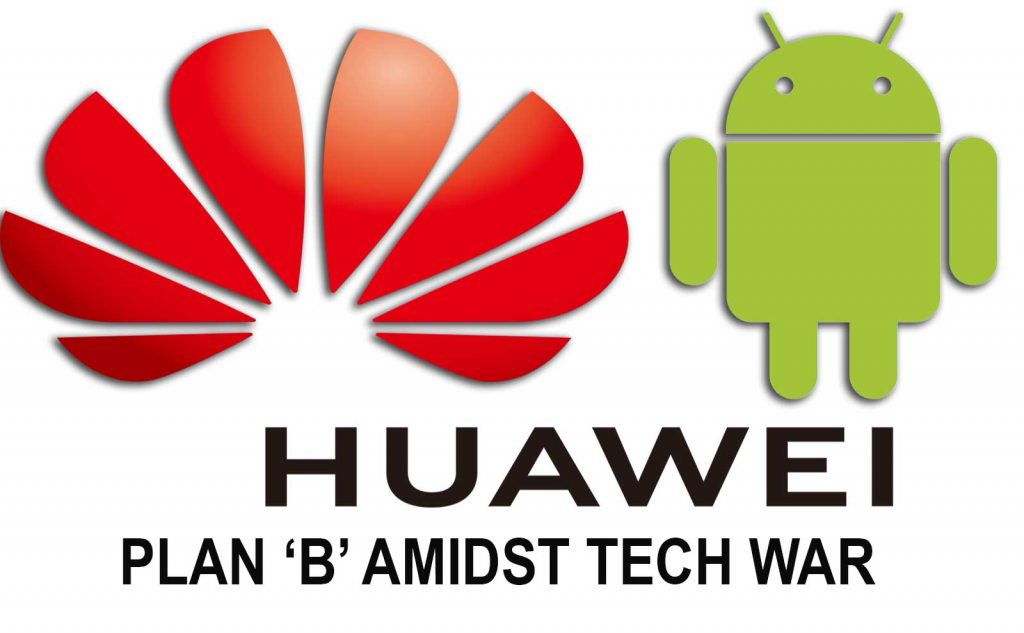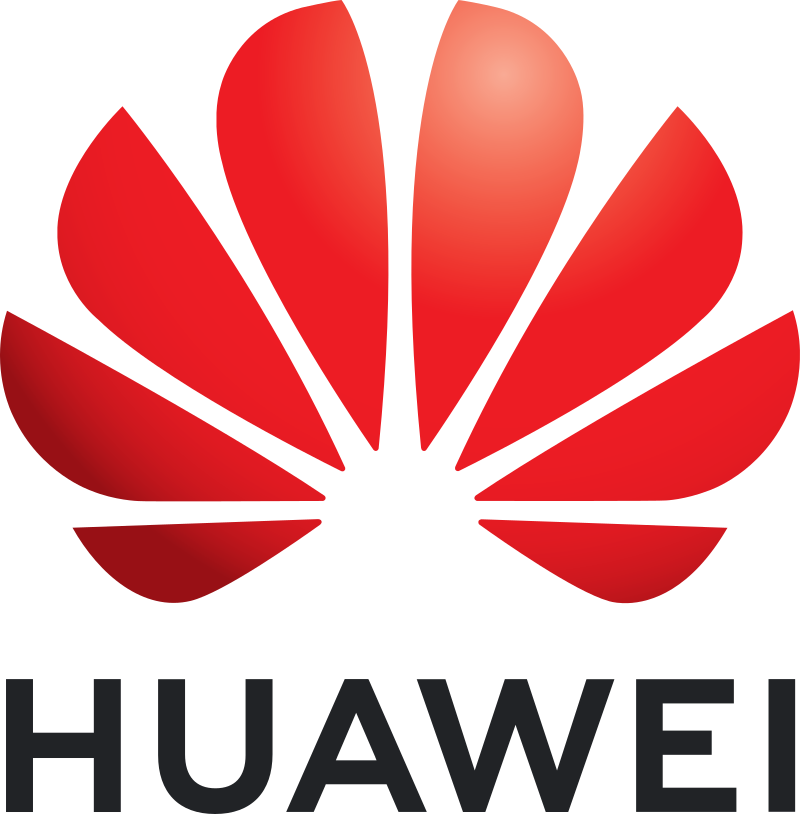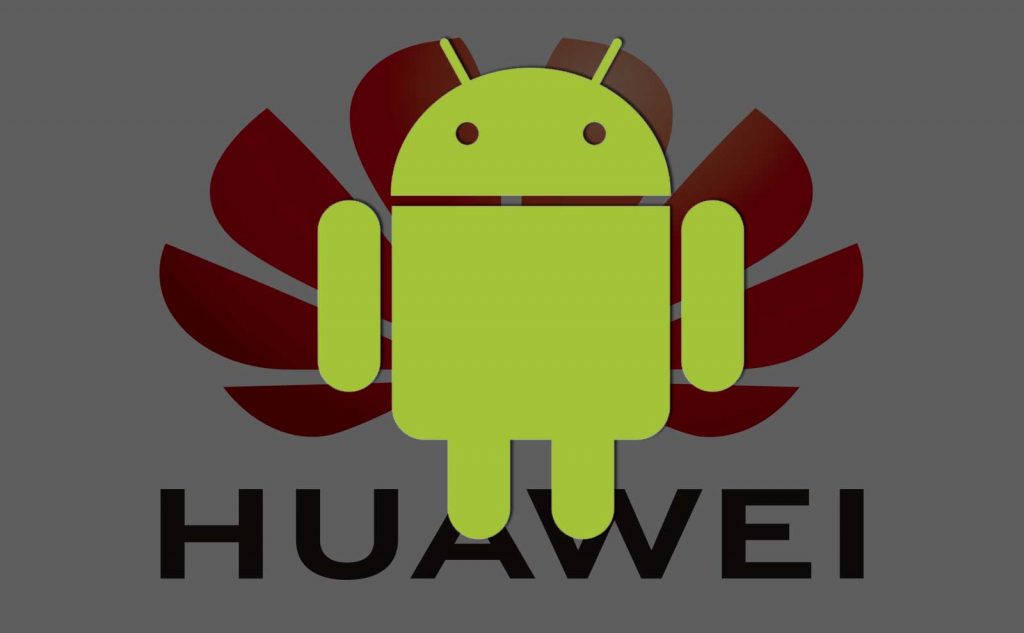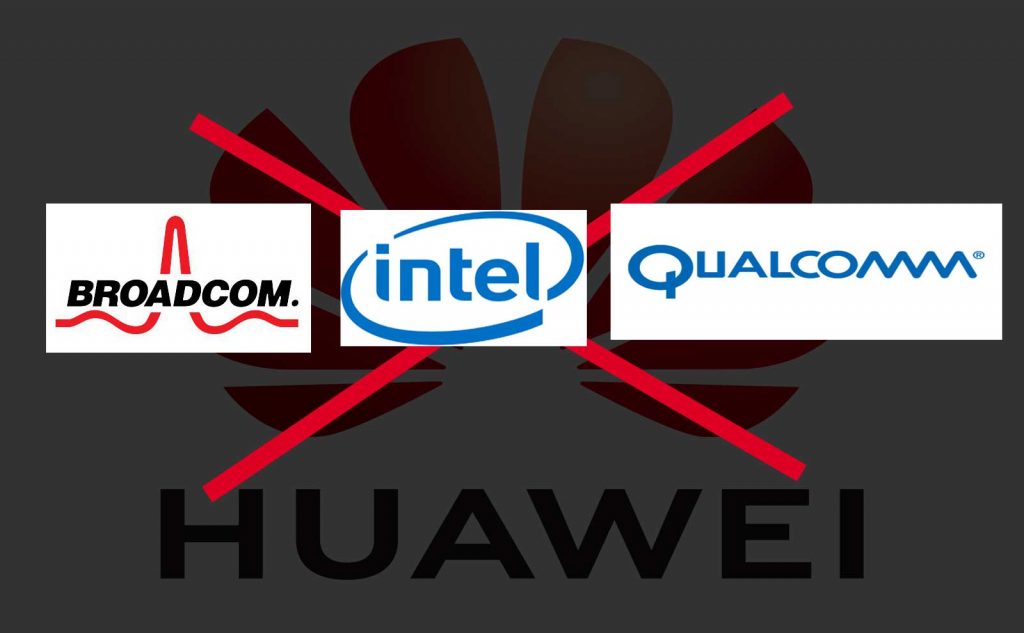Huawei – the world’s second largest mobile phone manufacturer-has found itself caught in the middle of an escalating trade war between two giant nations – United states of America and the People’s Republic of China. The trade war Which has now extended to Tech ecosystem, has seen Google withdraw its Android license from Huawei followed by some US chipmakers stopping their supplies to smartphone manufacturer. All these in compliance with a new order issued by the White House that effectively bans US firms from selling Huawei technology without government approval.
Google had earlier in a statement said it would continue to support existing Huawei smartphones but future devices will not have its flagship apps and software services, including Google Maps, Gmail and Google Search. This means that when Google launches the next version of Android later this year, it may not be available on Huawei devices. Only basic services would be available, making Huawei phones much less desirable, and forcing Huawei to compete with its own software, which would be a very tough task
Huawei’s Plan B – Fly Solo
Huawei has in the time past, several times, publicly acknowledged that it has been developing its own mobile operating system as an alternative to Google’s Android OS should it be forced to need it as it appears now. If the trade war does not ease up anytime soon, Huawei might be forced to take the desperate measure of Flying solo
“We have prepared our own operating system, if it turns out we can no longer use these systems, we will be ready and have our plan B,” Huawei’s mobile chief Richard Yu Chengdong said in an interview with German publication Die Welt in March.
Huawei's own-developed smart phone Operating System, reportedly named "HongMeng OS", is being trialled out and will gradually replace the Android system, according to three Chinese media reports. pic.twitter.com/GacM5xQMYJ
— Global Times (@globaltimesnews) May 20, 2019
That operating system is reportedly called HongMeng OS which remains to be seen if Huawei will be forced to deploy it on the future devices it ships outside China.
Huawei’s Harware Plan B – Use The Reserve
Bloomberg News earlier reported that Huawei Technologies Co. has stockpiled enough chips and other vital components to keep its business running for at least three months. The three-month cushion is a conservative internal estimate and the company could well sustain operations beyond that time-frame. It is expected that the stockpile should last enough time to tell if the current measure is a scare tactic or a permanent imposition from the US government.
The Challenge
Even if Huawei is able to strike out on its own and fly solo with a great operating system, it would still need to convince app developers to bring popular apps to Huawei’s own app store, a prime factor in user acceptance.
For example, Samsung has previously tried to do something similar with its self-developed operating system dubbed Tizen but it completely failed to catch on, largely because it lacked the apps people wanted and failed in user acceptance.
As we wait to see how all these will go down, Huawei is at the moment exploring all available options.



